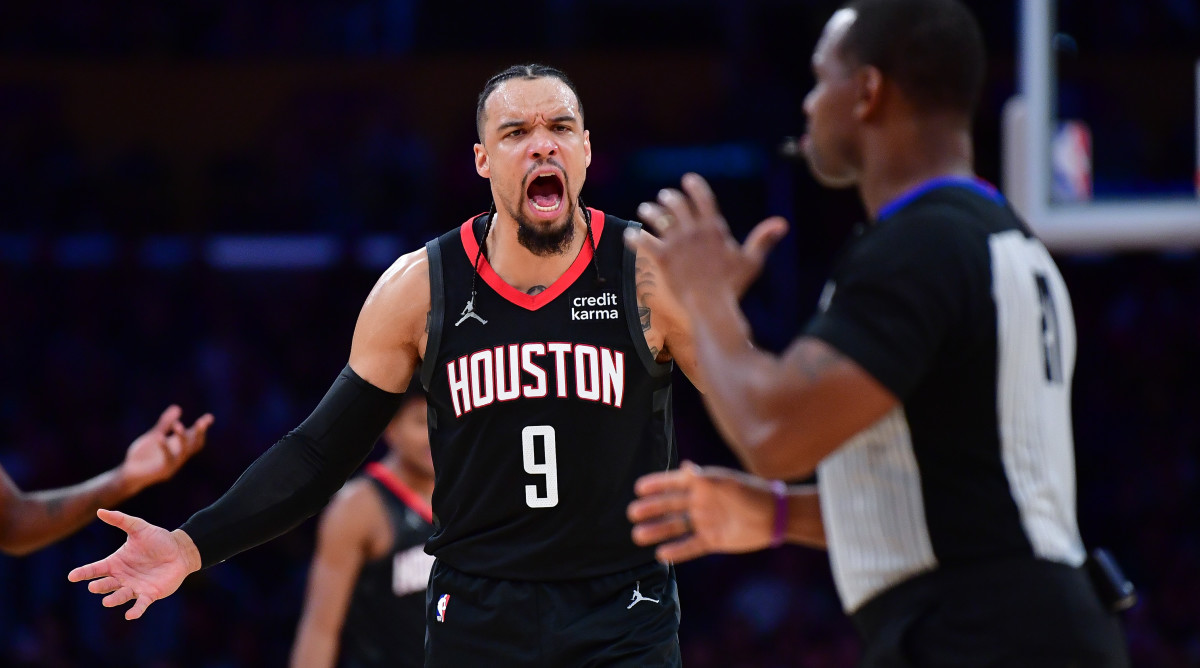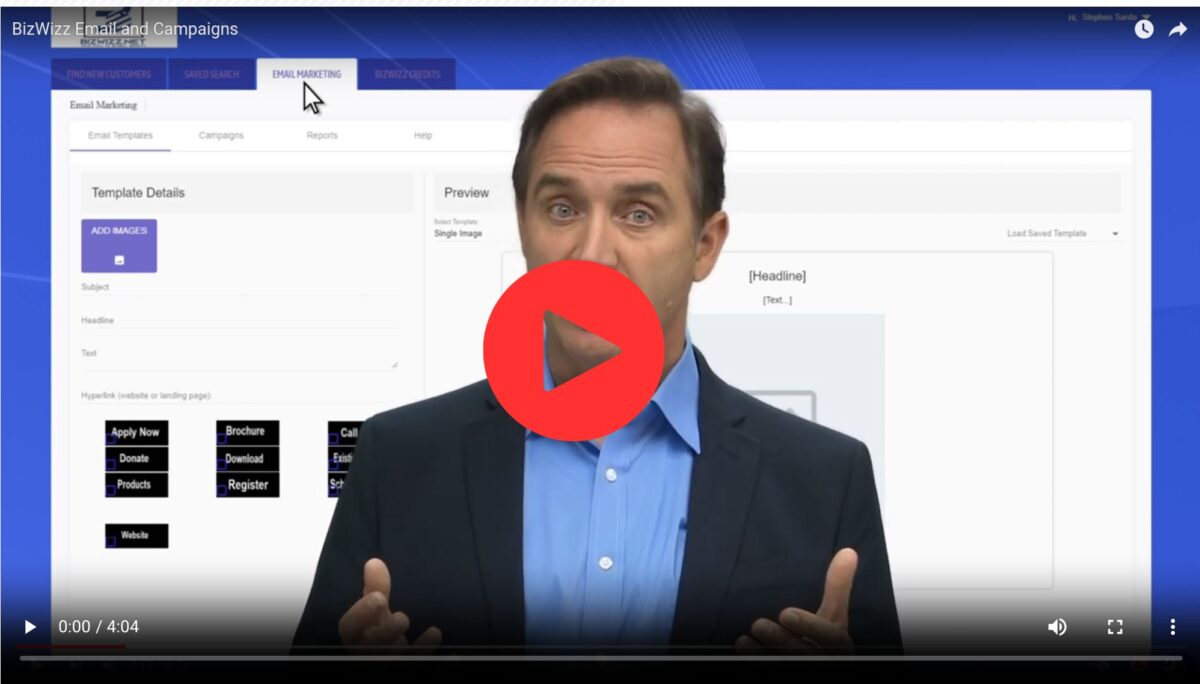In the world of experiential marketing, where creativity reigns supreme, the journey from a mere concept to a captivating, memorable brand experience is nothing short of magic. Let’s delve into the behind-the-scenes process that transforms abstract ideas into tangible moments that leave lasting impressions.
The Spark of Inspiration
Every great experiential campaign begins with a spark—an idea that ignites curiosity and excitement. This spark might emerge during a brainstorming session, where minds collide and ideas bounce off each other, creating a vibrant energy that fuels creativity. It could also surface during a late-night coffee chat, where the quiet hum of conversation and the soft glow of the café lights provide a comforting backdrop for the birth of a new concept. Sometimes, it might even appear while gazing out of a window, where the mind is free to wander and draw connections from the world outside. As marketers, we must remain open to inspiration from unexpected sources. Capture that initial spark, no matter how fleeting, and let it evolve.
Remaining open to inspiration from these unexpected sources is crucial in marketing. The world around us is a treasure trove of ideas waiting to be discovered. Training oneself to be receptive to these sparks of inspiration, no matter how fleeting they may seem, is essential. Once that initial spark is captured, it should not be allowed to fade away. Instead, it should be nurtured, let it evolve, and watch as it grows into a flame that lights up the campaign. This process of capturing and developing an idea is not just a task, but an art form that requires patience, dedication, and a keen eye for detail. It is this art form that transforms a simple spark into a successful experiential campaign.
Ideas and Brainstorming
Once the spark catches fire, it signals the time to gather the team. These gatherings are not just meetings, but idea sessions that function like laboratories. In these laboratories, diverse minds collide, creating a dynamic environment where creativity thrives. Concepts are not just discussed, but tossed around, scribbled on whiteboards, and dissected from every angle. Assumptions that were once considered unshakeable are challenged, paving the way for fresh perspectives.
In these sessions, there is no such thing as a wild idea or an outlandish suggestion. Every thought, no matter how unconventional, is welcomed and explored. This open-minded approach encourages the exploration of themes, emotions, and narratives that resonate with the brand and its audience. It is in this creative chaos that the most compelling and engaging campaigns are born. The spark that was once a fleeting thought is now a blazing fire, driving the team towards creating a campaign that not only represents the brand but also strikes a chord with its audience.
Sketches, Mood Boards, and Visualizing
The journey from abstract thoughts to visual representation is a fascinating one. It begins with sketches, where the initial ideas start taking a tangible form. These sketches are the first step in translating the abstract into the concrete. Alongside sketches, mood boards and visual collages are created. These elements breathe life into the ideas, transforming them from mere thoughts into visual narratives.
Questions are asked during this process: How will this activation look? What colors evoke the desired emotions? How can an immersive environment be created? These questions are not just inquiries, but guiding lights that lead towards a shared vision. They help in refining the visual representation and aligning it with the initial spark of the idea. The visual cues derived from this process play a crucial role in shaping the final outcome. They ensure that the original spark is not lost in translation, but rather enhanced and amplified in the visual representation.
Prototyping: Bringing Ideas to Life
Prototyping serves as the bridge between imagination and reality. It is a process where simple materials like cardboard are transformed into mini pop-up shops, giving a glimpse of the final product. Similarly, Augmented Reality (AR) markers, which might seem insignificant at first, are transformed into interactive elements, adding a layer of interactivity to the experience.
Building scaled-down versions of experiential spaces is an integral part of this process. These miniature models provide a tangible representation of the final product, allowing for a thorough examination of every aspect. Lighting effects are tested, layouts are fine-tuned, and every detail is scrutinized. Prototypes serve as a safety net, allowing for the identification of flaws at an early stage. This early detection of issues allows for swift iterations, ensuring that the final product is as close to perfection as possible. It is through this meticulous process of prototyping that an idea, which was once just a spark, becomes a reality.
Testing and Iteration
Prototypes literally hit the ground in this phase. Mock activations are set up in various locations, which could be as vast as empty warehouses or as compact as conference rooms. Even open spaces like parking lots can be transformed into testing grounds. These locations serve as the stage where the creations come to life and interact with real people.
The feedback from these interactions is invaluable. It provides insights into how the audience perceives the activation. Questions are asked: Does the scent of fresh-baked cookies evoke nostalgia? Is the pathway intuitive? These questions help in understanding the user experience and refining every detail. Testing is not just about checking the functionality, but also about fine-tuning the sensory aspects. It could be the texture of a fabric wall that the audience touches or the sound of footsteps on a faux cobblestone path that they walk on. Every detail matters, and testing ensures that nothing is overlooked.
Refining the Alchemy
Returning to the drawing board is a crucial part of the process. This is where refinement, tweaking, and polishing take place. The magic truly lies in the details. It could be the way sunlight filters through translucent panels, casting a warm glow on the surroundings. Or it could be the surprise element hidden in a corner, waiting to delight the unsuspecting visitor.
The attention to the seamless transition from one zone to another is a crucial detail. It ensures a smooth and enjoyable experience for the audience. While intuition plays a role in these decisions, data is equally important. Listening to data means paying attention to metrics. These metrics serve as a guide, leading the way toward perfection. They provide valuable insights that help in refining the experience, ensuring that every detail, no matter how small, contributes to the overall success of the campaign.
Execution: The Grand Unveiling
The day arrives and the curtain rises. An empty space undergoes a transformation, morphing into a wonderland. This transformation is not just physical, but sensory. The scent of pine fills the air, creating an atmosphere of freshness and tranquility. The hum of music adds a rhythmic pulse to the environment, setting the tone for the experience. The touch of velvet, whether on a curtain or a piece of furniture, adds a layer of luxury and comfort.
Visitors step into this creation, their eyes widening as they take in the sights, their smiles forming as they immerse themselves in the experience. The concept that was once just an idea is now a reality. The magic is not just visible, but palpable. It can be seen in the awe-struck faces of the visitors, heard in their excited whispers, and felt in the electric atmosphere. This is the moment where all the hard work pays off, where the spark that ignited the idea becomes a beacon of success.
Capturing Moments and Amplifying Impact
As visitors immerse themselves in the experience, their reactions are captured. These reactions, whether they are gasps of surprise, smiles of delight, or expressions of awe, provide valuable feedback. Social media platforms buzz with activity as visitors share their experiences. Snapshots and videos, each capturing a unique perspective of the event, are shared and reshared, creating a ripple effect.
This experiential magic reverberates beyond the physical space, reaching people who may not be physically present but are virtually connected. The success of the event is celebrated, but the work doesn’t stop there. An analysis is conducted to understand what worked and what didn’t. This analysis is not just a review, but a learning opportunity. It provides valuable insights that are used to plan for the next enchanting endeavor, ensuring that each event is better than the last.
Endnote
Remember, every concept holds the potential for magic. This magic is not just an abstract idea, but a tangible force that can transform a simple concept into a mesmerizing experience. It is a journey that begins with an initial spark, a fleeting thought that holds the seed of an idea. This journey is not a solitary one, but a collective endeavor. Marketers, creators, and innovators are all part of this journey, each contributing their unique perspective and expertise.
Embracing this journey means welcoming the challenges and opportunities that come with it—from the initial spark to the grand unveiling. It involves turning ideas into experiential marvels that resonate with the audience, inspire them, and leave them spellbound. These experiences are not just events, but stories that unfold, captivating the audience and leaving a lasting impression.










